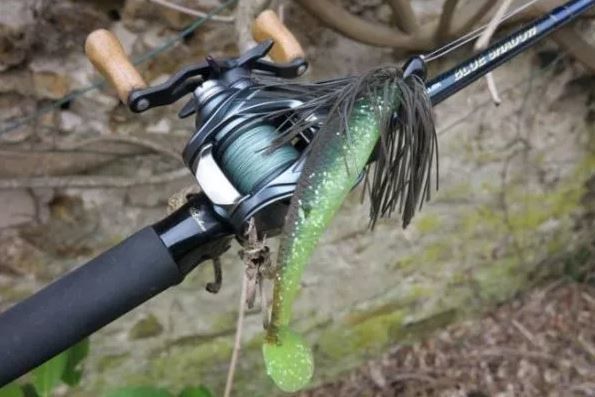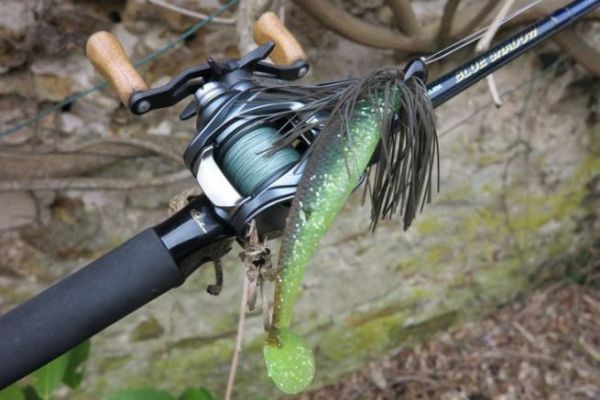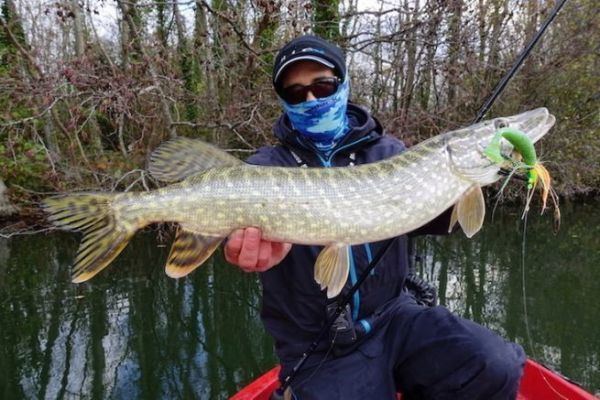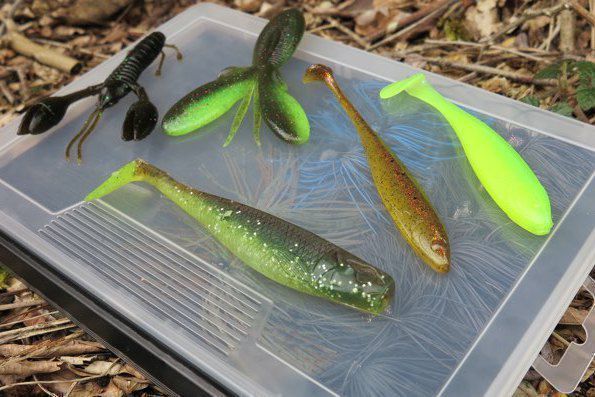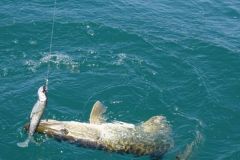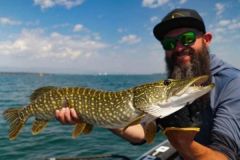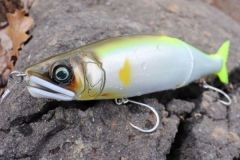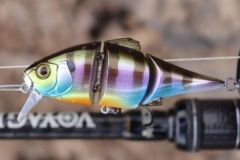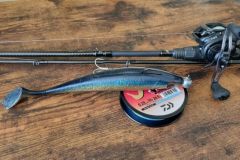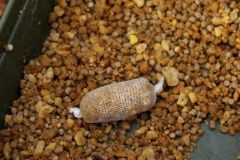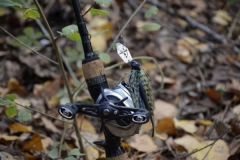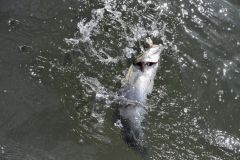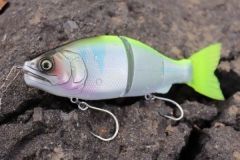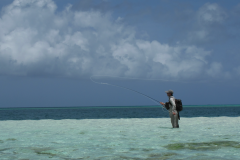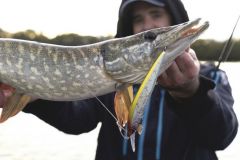Reaction fishing and slow fishing
There are two main approaches when fishing with a Rubber Jig: 1) Reaction fishing, which consists of flushing out the fish in the obstacles. In this case, most of the fish are hit on the way down. 2) slow fishing close to the bottom with contact with the substrate.
Special case of the Swimming Jig
The Swimming Jig has been designed to fish the open water more discreetly, although it does very well on crowded shorelines.
There is no one season that is really better than another for pike fishing with the Rubber Jig. It is a very versatile technique in that you can move your rig at different speeds in different layers of water. In fact, whether you are fishing with a Rubber Jig or a Swim Jig, you can fish obstacles located in little water as well as in 5m of water or more.
On the other hand, and even if there is a theory of fishing, the use of a technique more than another will depend above all on the type of biotope fished as well as the season and thus the behaviour of the fish. Having said that, I particularly like to use this technique along the crowded and hollow banks in winter, for several reasons.
Above all a question of biology!
As winter approaches, the air and water become colder. As fish are cold-blooded animals, their metabolism will slow down. As a result, they will be more lethargic and less active. The use of slow fishing techniques is therefore to be preferred.
In addition, in environments where the water level exceeds 4 m, fish will tend to prefer deeper areas where the water temperature varies less in order to gain comfort.

The Rubber Jig is a very good option
As you can see, Rubber Jig will allow us to fish deeper and very slowly if we wish. Although it should not be limited to winter fishing, the use of the Rubber Jig in these conditions should not be neglected. It will do wonders for prospecting streams or bodies of water with hollow and cluttered banks, to cite just one example.
What kind of animation?
You will be required to make several types of casts in order to adapt to the ever-changing configurations of the post profile. Some are less traditional than others. This is the case of the following throws:
- Pitching: A short throw "under the rod" that consists of a pendulum movement of the line and the rig.
- Skipping : Throwing which principle consists in making its assembly ricochet on the surface of water in order to make it pass under structures (foliage, pontoons, etc) and to reach inaccessible zones otherwise.
After launching your lure, the animation of the lure can respond to the following pattern:
Let the lure sink to the bottom with the banner slightly taut (so as not to miss a possible reaction strike on the way down) and then begin your retrieve by alternating active phases and pauses during which you allow the lure to make contact with the bottom.
In winter, don't hesitate to take long breaks. Once on the bottom, your rig will continue to "live" until the Rubber Jig's skirt is fully extended. It is not uncommon for a pike to come and pick it up gently. In this case, the bites can be of a rare subtlety, that's why the association of a resonant rod and braid in the body of the line is de rigueur.


